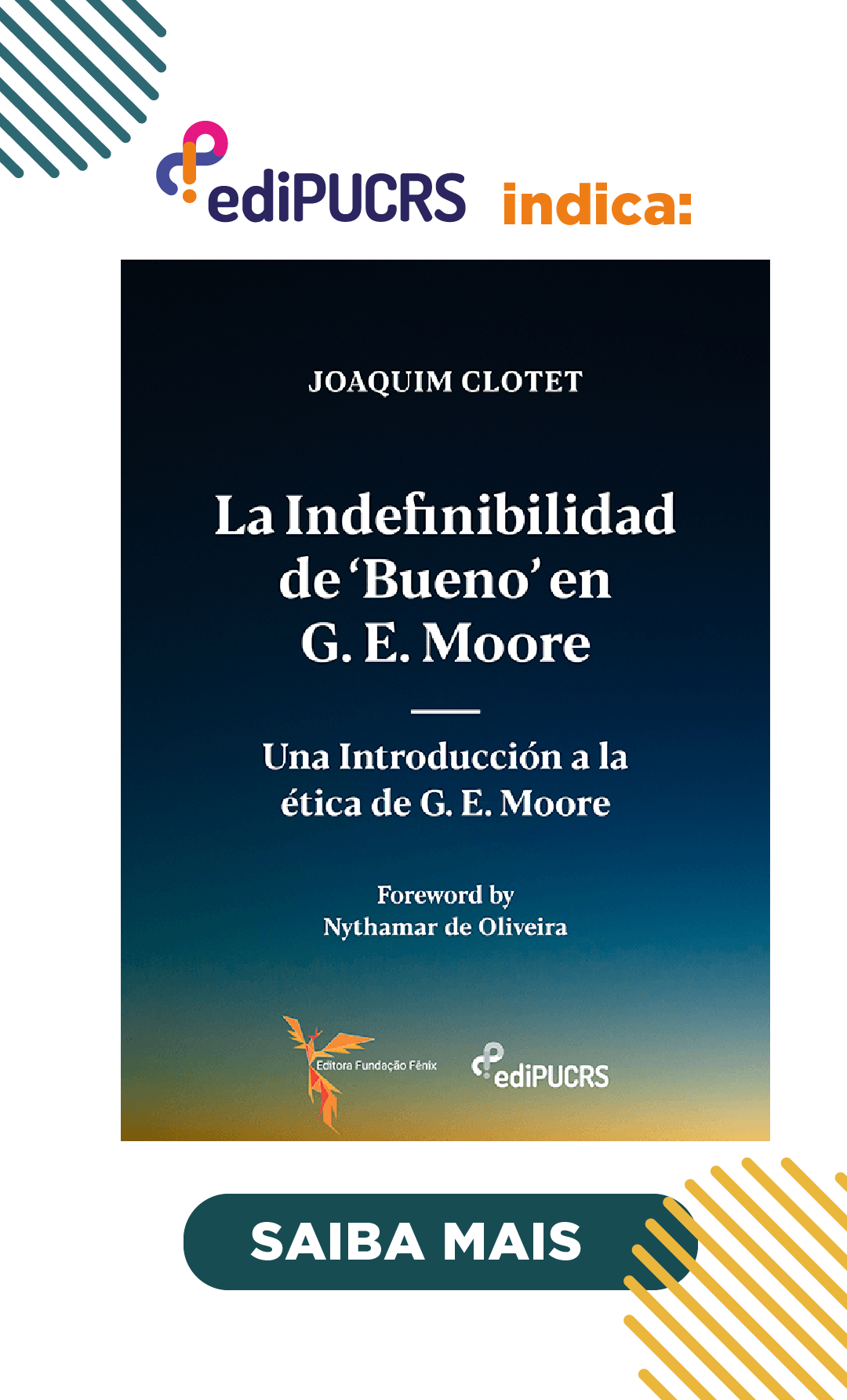A força coercitiva: Um instrumento a serviço da pax temporalis na civitas, segundo santo Agostinho
DOI:
https://doi.org/10.15448/1984-6746.2006.3.1828Resumo
Baseado no princípio ontológico da vera justitia, ou da “divina ordem”, segundo a qual é justo que se “subordinem as coisas somente às dignas, as corporais às espirituais, as inferiores às superiores, as temporais às sempiternas” (Ep., 140), o que resulta, na prática, na subordinação dos governados aos governantes, Agostinho introduz em sua doutrina ético-política o conceito de força coercitiva, como instrumento prático garantidor da ordinata concordia ou pax temporalis, na civitas, de forma que, punido pelo reto castigo, o pecador possa retornar à ordem e assim alcançar a vida eterna. Em Agostinho, todas as formas de castigos por ele admitidos não têm um caráter de perseguição, vingança ou sadismo, mas de correção e reintegração do pecador na ordem, por isso devem ser guiados pela caridade.
PALAVRAS-CHAVE – Força coercitiva. Castigo. Justiça. Ordem. Paz. Caridade.
ABSTRACT
With basis on the ontological principle of Vera justitia, or of “divine order”, according to which it is fair to “subordinate things only to the worthy ones, the corporal to the spiritual, the inferior to the superior, the temporal to the sempiternal” (Ep. 140), this results, in practice, in the subordination of the governees to the governators, Augustine introduces in his ethical-political doctrine the concept of coercitive force, as the practical instrument that warrants the ordinata concordia or pax temporalis, in civitas, in such a manner, that punished by the straight punishment, the sinner may return to order and so reach eternal life. In Augustine, all forms of punishment by him admitted do not take a character of persecution, revenge or sadism, but of correction and reintegration of the sinner in the order, and, for this reason, punishment must be guided by charity.
KEY WORDS – Coercitive force. Punishment. Justice. Peace. Charity.



















